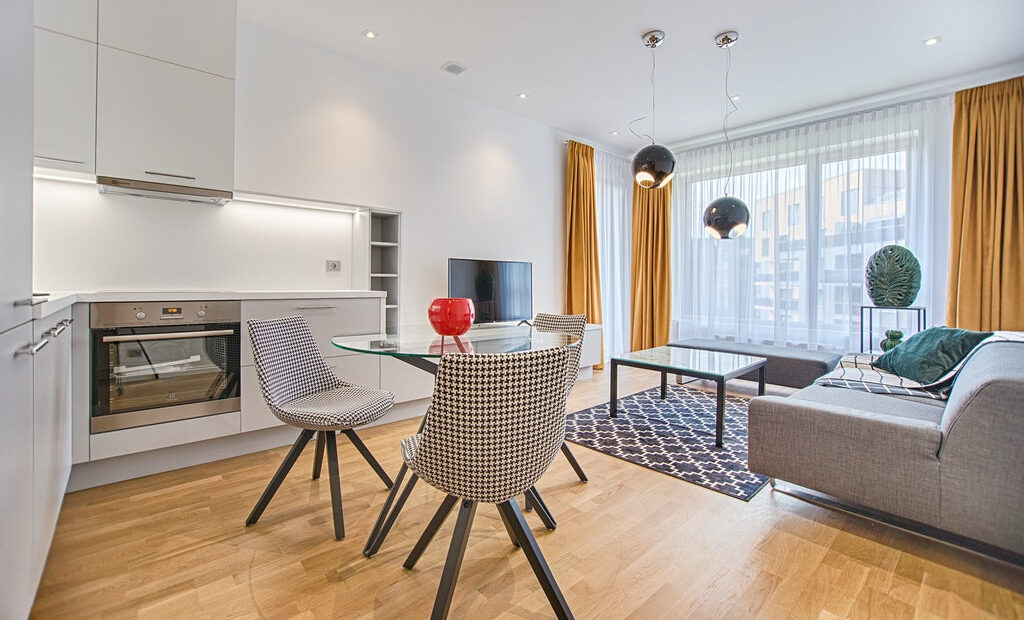Soundproof curtains for a peaceful home

Those who are tired from sleepless nights and being disturbed by noises, worry not! Soundproof curtains can make all the difference to the ambience of a home. The majority of the population lives in urban areas; densely populated cities with busy streets are full of life, day and night, making it difficult to get a proper nap or read a book quietly, especially in a flat or a home closer to a noisy street. Soundproof curtains are solely designed to enable users to have a comparatively calm and peaceful environment.
Why choose soundproof curtains?
Soundproof curtains can have many advantages: they are elegant, they add to the beauty of a room, and they enable a soothing environment so that it’s possible to enjoy time in the home while doing what one likes.
These curtains reduce the extent of noise pollution in rooms while also protecting residents from exposure to direct sunlight. One can enjoy privacy in a controlled environment by using these curtains, which are widely available at outlets such as Direct Fabrics, whose soundproofing curtains are up-to-date with great customer satisfaction ratings.
Types of soundproof curtains
There are various noise-reducing curtains available on the market under different names from different brands. The two main differences are in these ratings: STC (Sound Transmission Coefficient – i.e. how much sound can be transmitted through the curtain) and NRC (Noise Reduction Coefficient – i.e. how much the sound is reduced). The NRC value is usually up to 1.00 NRC to provide accurate acoustic control. Some materials reflect sound, and others absorb it. Noise-reducing curtains differ from one another in quality, depending upon the type of material they are manufactured from and their mechanisms for reducing noise.
Dense and heavy material reflects sound, whereas light or fluffy and porous materials absorb it. Thus, soundproof curtains are heavy and dense – they reflect the exterior noises – and sound-absorbing curtains are lightweight, soft and fluffy.
Working principles of noise controlling curtains
Sound-insulating or blocking, noise-reducing and soundproofing curtains are all the same, as they work using the one mechanism of reflecting sound to its source of transmission.
Noise-reducing hangings are made up of heavy, dense but flexible material to enable users to propagate sound waves and retract them when needed. Heavier, denser materials are used for making these hangings to ensure efficient sound reflection.
The sound-absorbing variety are also known as acoustic curtains. They have a different working principle: to absorb sound, so it is essential for the material of the hangings to be lightweight and porous. Thus, the acoustic curtains consist of plush, permeable and lightweight material only.
Acoustic curtains =ensure that most sound gets absorbed into the material rather than reverberating or echoing into the room. The noise gets trapped into the pores of the material. Eventually, with time it dissipates into the surroundings in the form of heat energy.
Testing soundproof curtains
Although the working principles are somehow different, both types of curtains reduce noise and help to attain a quieter, comfier environment. Soundproof curtains and noise-absorbing ones are usually independently lab-tested and verified in field areas to determine their STC value. This is easy to calculate value by determining transmission loss at multiple, varied frequencies to attain a single number average. The STC value of high-quality soundproof curtains is usually 10, and the finest, heavy versions will achieve an STC as high as 13
Direct Fabrics offers customers the chance to experience some of the best room environments with soundproof curtains and acoustic curtains, enabling clients to reduce echoing and soundproof from neighbours and external noise, with lining that both reduces heat loss and prevents light from the outside from entering and light from the inside from exiting.
The editorial unit























Facebook
Twitter
Instagram
YouTube
RSS